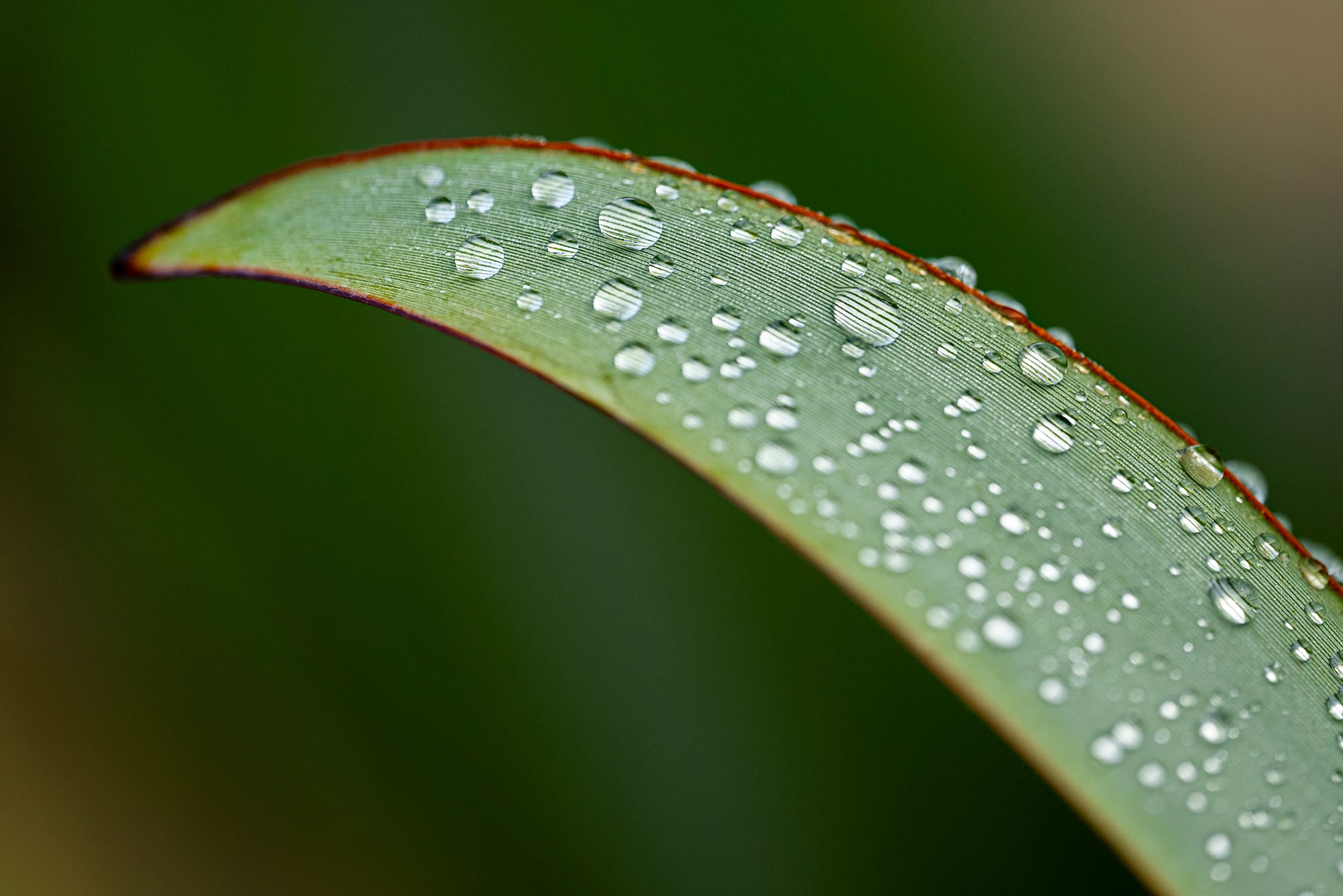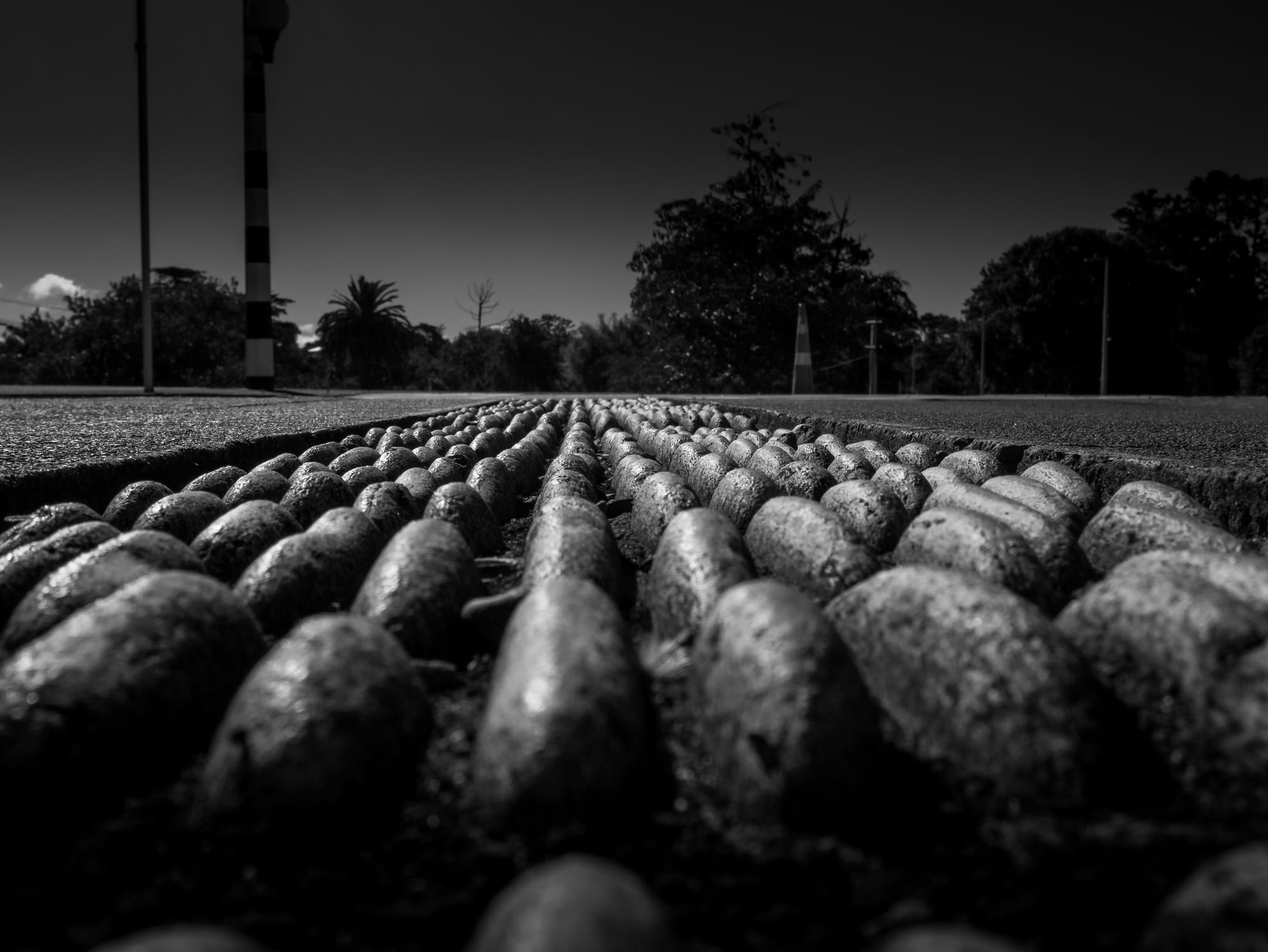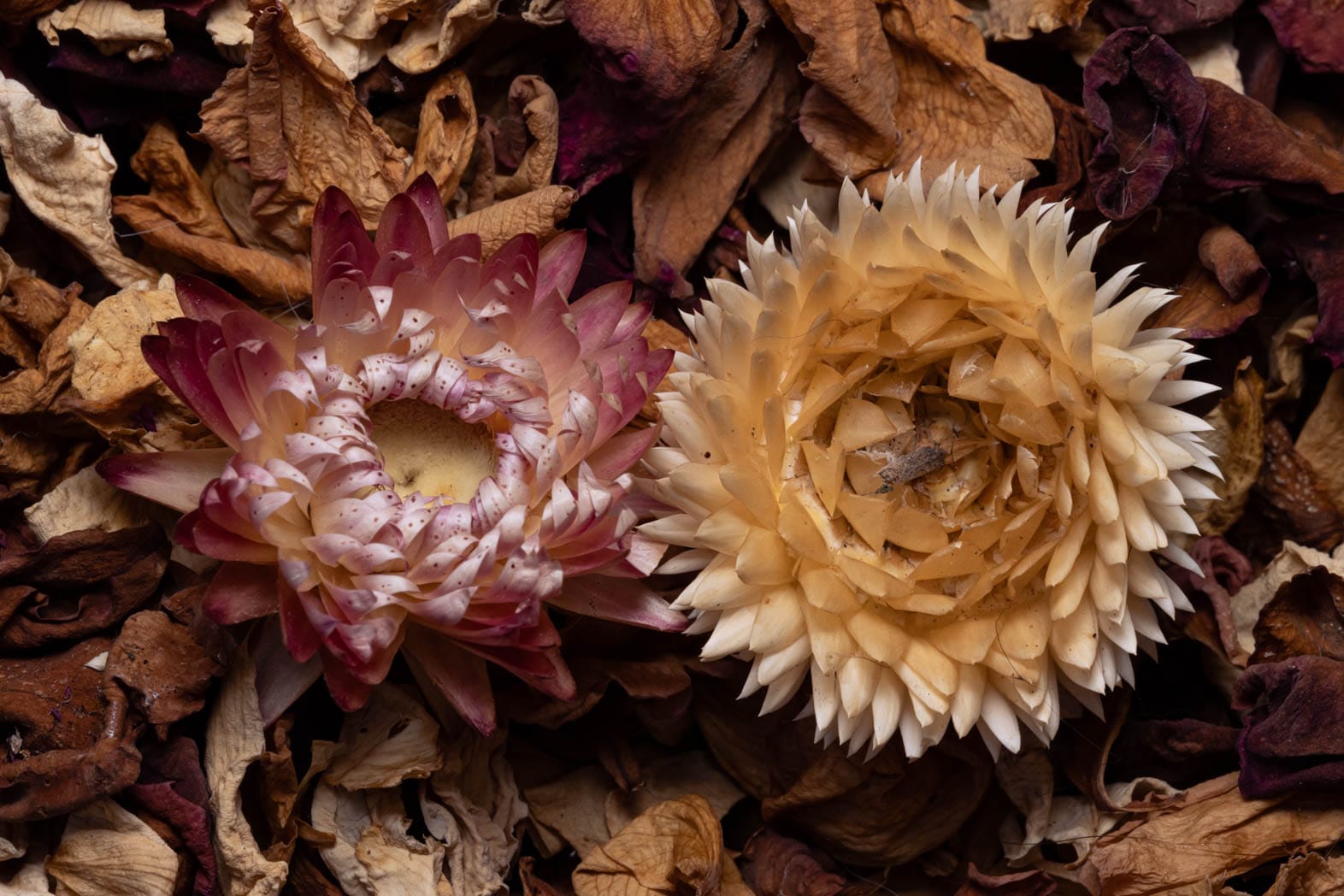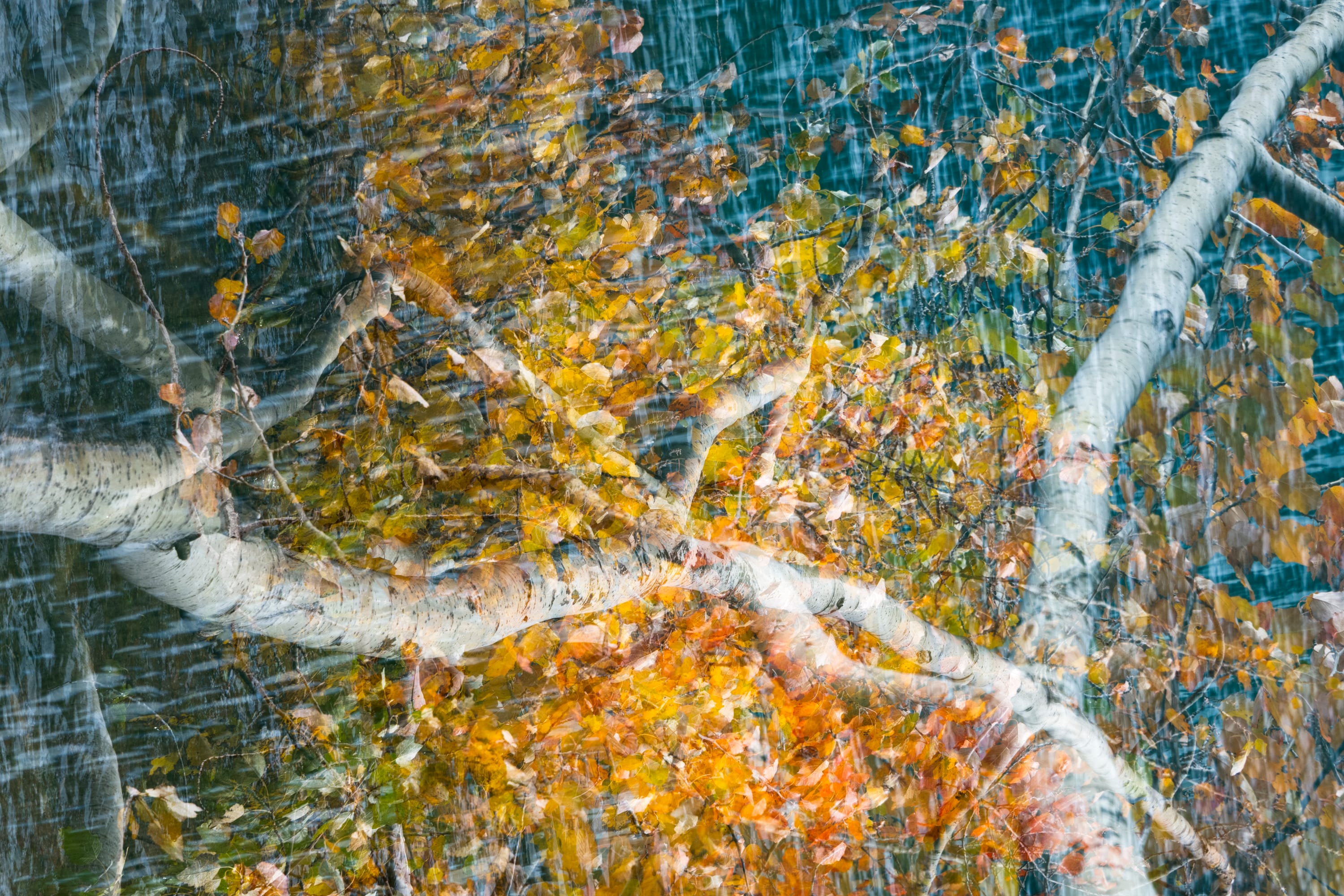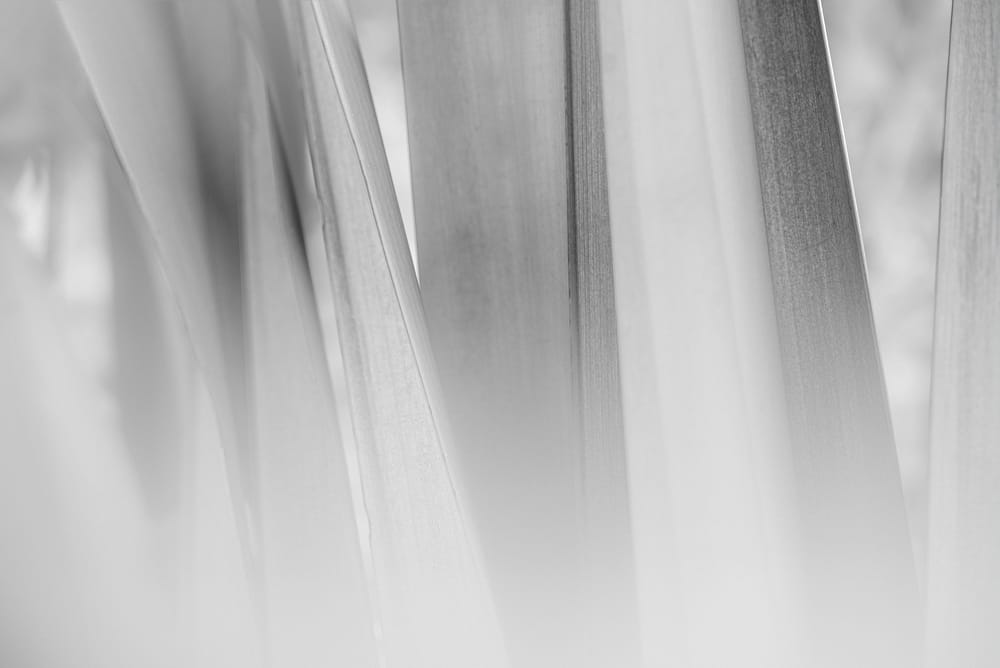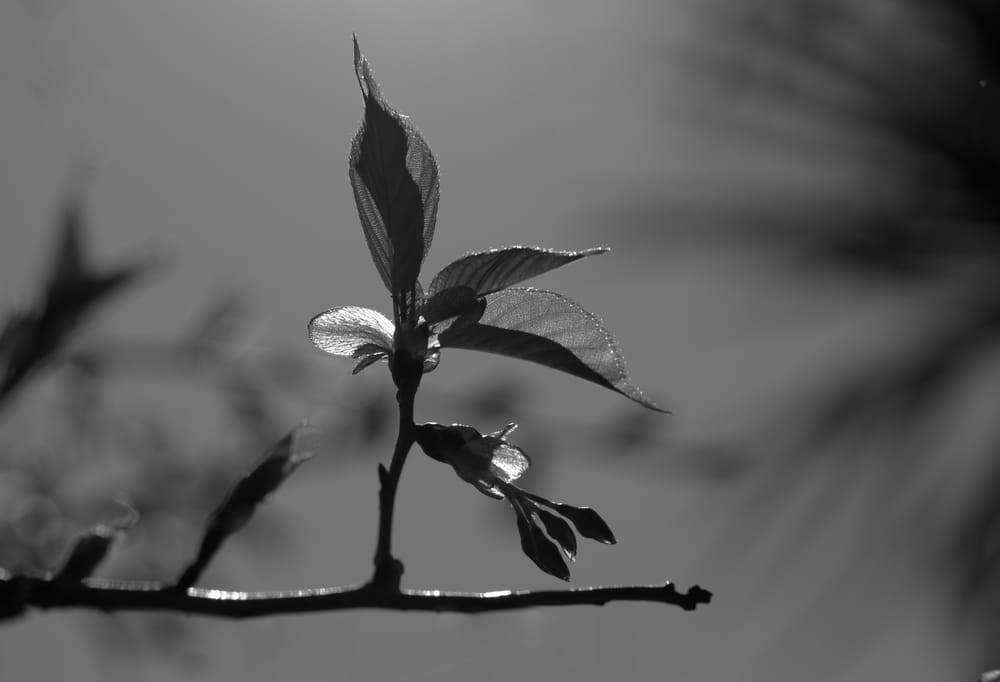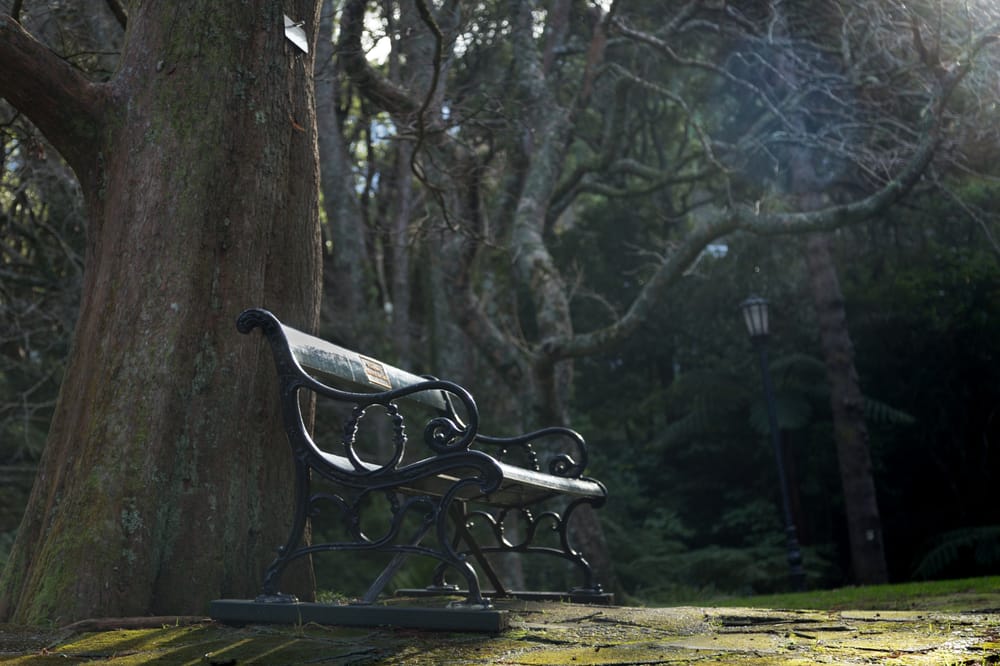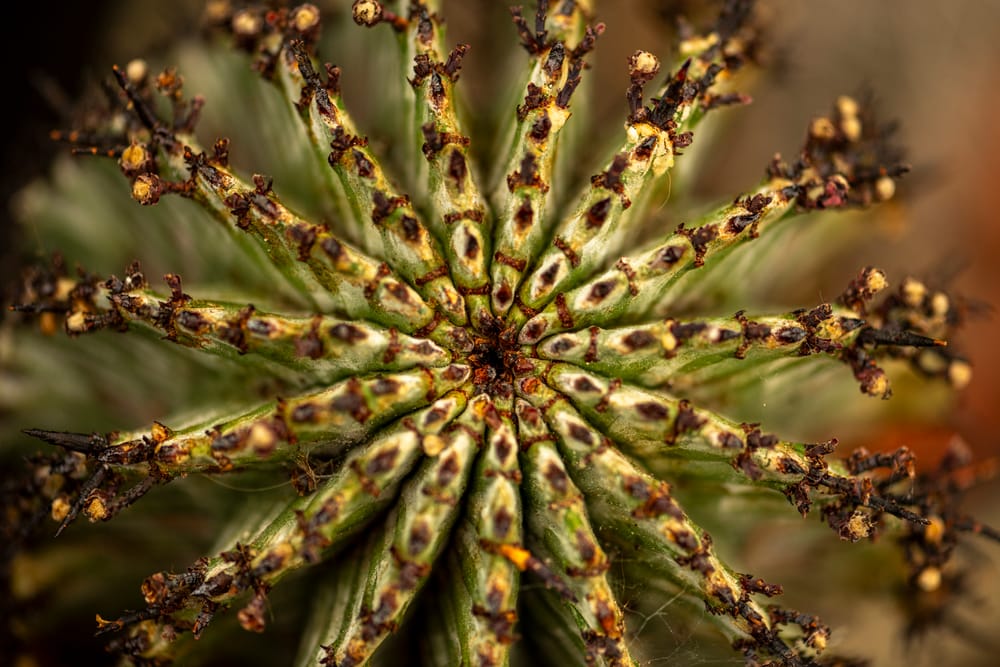Texture in photography provides a sense of touch through the visual medium. Our "Textures" photo challenge encouraged members to capture images that make us want to reach out and feel the scene.
In this article we look at our "Weekly challenge" entries that masterfully captured the essence of textures and dive deeper into the role of texture in enhancing photographic art.
Why textures matter in photography
Textures bring depth and dimension to photographs. They can convey mood, from the roughness of a weathered wall to the softness of a furry coat, enhancing the tactile connection between the subject and the viewer. Texture is a fundamental element that adds interest and a touchable quality to an image, making it come alive.
Exploring the intricacies of texture
- Detail and clarity: High levels of detail allow textures to become more pronounced, making images appear more vivid and realistic. This can be achieved through sharp focus and the use of macro lenses to capture minute details up close.
- Light and shadow: Lighting plays a crucial role in defining texture. Side lighting, for example, can enhance the texture by creating shadows and highlights that define the contours of the subject. The angle and quality of light can dramatically alter the perception of texture in a photograph.
- Contrast: Contrast in texture can help to separate elements in the scene, making the subject stand out. This can be contrast in terms of rough vs. smooth, or hard vs. soft, adding a layer of complexity to the composition.
- Perspective and angle: The angle from which a photograph is taken can greatly affect how the texture is perceived. Shooting at a tangent or side angle to a textured surface can enhance the three-dimensional feel of the image.
The photographs you will below are a testament to the power of photography to transform the ordinary into the extraordinary, making us appreciate the rich tapestry of textures that our world offers. This challenge has not only celebrated the visual richness of textures but also highlighted their essential role in adding depth, contrast, and interest to photographic compositions.
